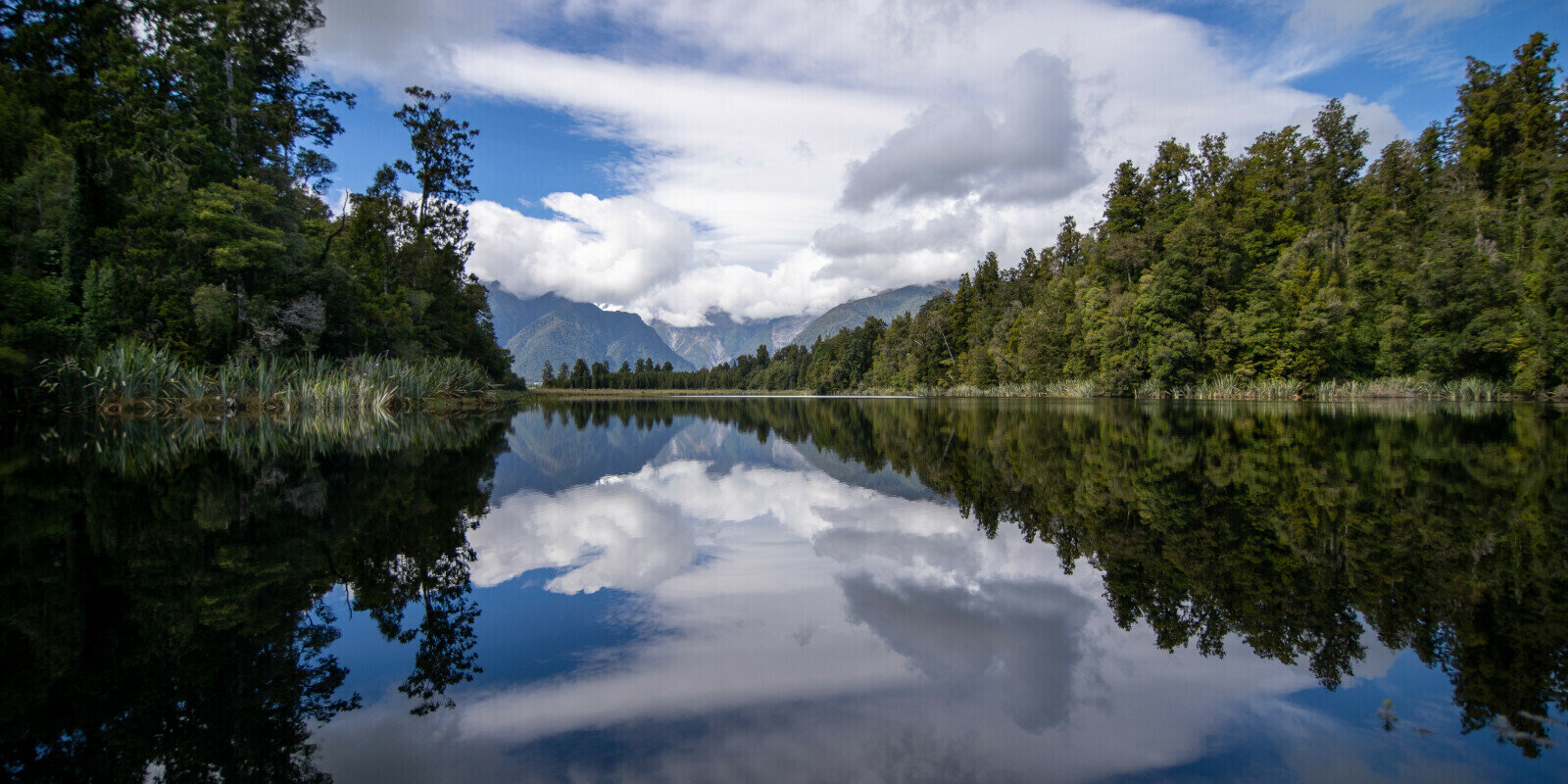We have been hearing about the Climate Crisis and Climate Change for years now and are realising that we really are going to have to work out how to live with cyclones, flooding, heatwaves, fires and work out how to adapt.
While there will always be climate change deniers, our fund managers are all believers and all of them take into account climate change impacts when assessing a company for investment. They don’t want to invest in a company that is not aware of the risks to their business and who aren’t doing things to put in place adaptation plans.
Many of our fund managers are also investing in companies that are pro-actively doing things to assist with adaptation and future planning including renewable energy and related projects (like infrastructure connecting the power generation with the users).
In their Sustainability Report 2024 (which was released recently), Pathfinder have an interesting commentary on where the Climate Crisis came from. You can find the full Stewardship Report at the bottom of this blog post and the full details are from page 27.
How did we work out what greenhouse gases are?
Joseph Fourier in 1824 worked out that the Earth should be a lot colder than it is given how far away from the sun we are. He proposed that something in the atmosphere must be acting like a insulating blanket.
In 1856 Eunice Newton Foote worked out that Carbon dioxide could and water vapour could trap heat. Then in 1859 John Tyndall did experiments measuring the infrared absorption of various gases and showed that carbon dioxide, water vapour and other gases could trap heat.
Moving on to 1896, Swedish scientist Svante Arrhenius coined the term ‘the greenhouse effect’ by predicting that changes in atmospheric carbon dioxide levels could substantially alter the surface temperature of the earth.
Arrhenius and others weren’t too worried about it as they calculated that the increase in greenhouse gases would be countered by the oceans (being a sink for the gases).
But then we started producing too much carbon.
As you can see in the graph above, the warming of the earth has accelerated rapidly since 1911 (with the increases prior to that still being in the ‘normal’ historical levels. This reflects the adoption of fossil fuel powered machinery and many other things that we do these days that increase our greenhouse gases.
Global Warming
As Pathfinder point out in a footnote – “Climate Change is the preferred term now because it was ‘less frightening’. Global Warming has catastrophic connotations attached to it, climate change suggests a more controllable and less emotional challenge.”
Pathfinder also note that “Global Warming has been described as the perfect unsolvable problem as it requires people to forego something today, for the betterment of those in the future. This intergenerational aspect makes it quite different to most other decisions made by governments, companies and individuals.”
What can fund managers and investors do about this?
1. They can avoid investments that might become ‘stranded assets’. These are assets that lose value due to ‘unforeseen or premature events, such as changes in climate policy, technological advancements or shifts in market demand. They become essentially unusable or unprofitable over time, before their expected lifespan is over leading to financial losses to investors.
2. Make sure that the investments that they hold are fully aware of the risks from climate change to their business, and take steps to mitigate against these risks. For example, In the Infratil Climate Disclosure Report, they note that one of their investments - Wellington Airport is planning investment into marine protection assets (to protect from sea encroaching).
3. Investing in climate adaptation investments. These could be renewable energy investments, and the infrastructure to connect the renewable energy to the market.
4. investing in ‘green bonds’ where there are targets associated with reducing greenhouse gases.
5. Measure – by measuring the average carbon intensity of the investments that fund managers are making, they can track improvements and the actual impact on the planet. Having said this it can be very difficult to track this (see page 30 and 31 on the Pathfinder Sustainability Report).
Summary
Being aware of the issue of Climate Change/Global Warming/Climate Crisis is the first step. Working out what to do about it is an important part of our fund managers work. They are working hard on this and working out ways to add value (both financially for their investors and also to the planet by reducing emissions.)


